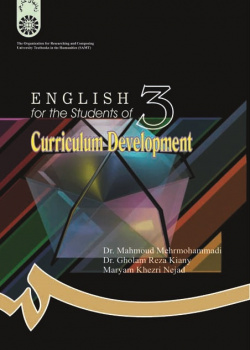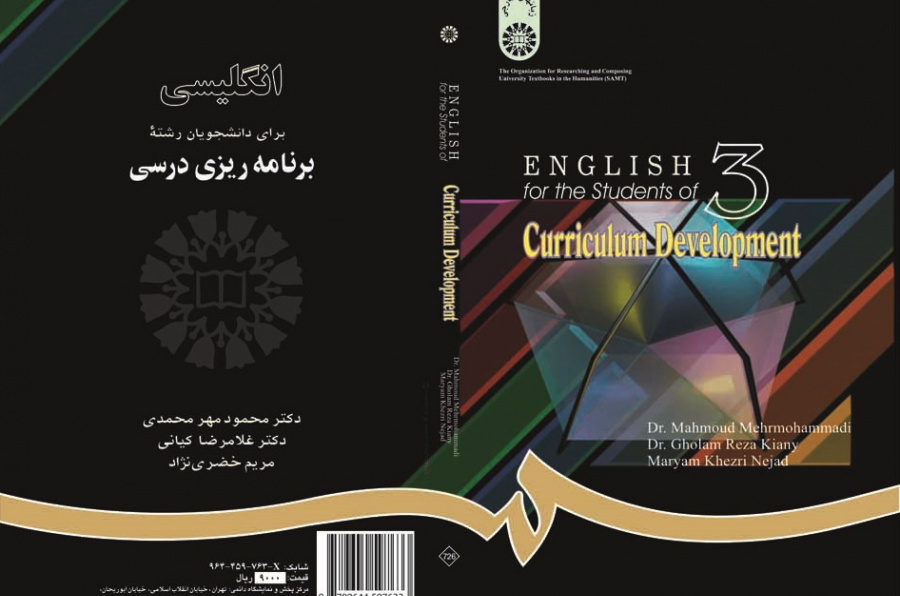

English for the Students of Curriculum Development
Preface
Part One: Curriculum Design
Lesson One: Curriculum Design
Lesson Two: Organized Subject Matter as a Data Source
Lesson Three: The Student as a Data Source
Lesson Four: Society as a Data Source and Other Curriculum Designs
PartTwo: Curriculum Improvement Based on a Curriculum Model
Lesson Five: Curriculum Improvement
Lesson Six: Conception of Curriculum
Lesson Seven: Levels of Curriculum Decision Making
Part Three: Reappraisal of Tyler Rationale
Lesson Eight: Tyler Rationale: An Overview
Lesson Nine: Subject Matter as a Source of Objectives
Lesson Ten: Needs of Learners as a Source of Objectives
Lesson Eleven: Studies of Contemporary Life as a Source of Objectives
Part Four: Intellectual Criteria for Curriculum Integration
Lesson Twelve: Validity Within the Disciplines and Validity for the Disciplines
Lesson Thirteen: Validity Beyond the Disciplines and Contribution to Broader Outcomes
Part Five: Prerequisite Knowledge in Curriculum
Lesson Fourteen: Bases for Curriculum Sequence in Conceptions of Prerequisite Knowledge
Lesson Fifteen: The Issue of the Availability Versus the Accessibility of Prerequisite Knowledge
Part Six: Further Reading
Balance in the Curriculum
Intellectual Independence
Formulation of Problems
Critical Thinking
References





